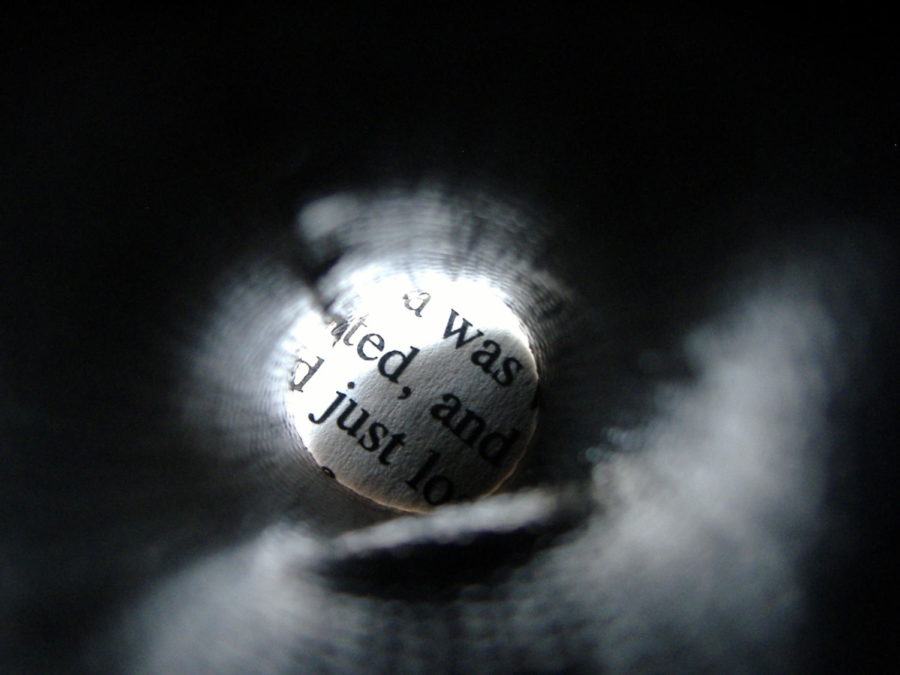Shiralkar: The Oxford coma (like food coma)
October 3, 2020
Before I first started working as a columnist at the Daily, I had never been exposed to the journalism world in a professional, academic setting. Sure, I’d had daydreams about typing out a few hundred words at the local café, maybe even sipping on a pricey beverage while doing it. But it hadn’t prepared me for the more stringent, tightly knit rules around punctuation and special notations. I used to think APA style had something to do with the Associated Press. As it turns out, I’d been harboring misconceptions about several such things, including the Oxford comma.
Usage of the Oxford comma is a punishable offense, even a minor felony in some counties. Technically, it’s not a crime, but after months of copy editors deleting them from my columns, I have grown to accept these modern ways. The Associated Press style guide (AP style) tells you to not use the Oxford comma. This comma, also called a serial comma (or Harvard comma), comes after the penultimate term (usually a conjunction like “and” or “but”) in a series of three or more terms. And for some reason, everyone hates it.
Although I’ve grown accustomed to the sharp academic journalist environment that fervently frowns upon the Oxford comma, a part of me wishes to question why it is so. Some sleuthing led me to the realization that using it is seen as lazy and low-effort; this, to a particularly indolent individual like me who enjoys using the comma, made perfect sense. Suddenly, I could respect this general disdain more. Even if I couldn’t bother to like this guideline more than I previously did, I understood it much better.
Another reason why the Oxford comma draws so much flak is its ability to take away from the flow of a sentence. The presence of this peevish punctuation compels readers to halt — take a slight pause, if you will — which affects its cadence considerably. I get that. But I also enjoy the occasional hiccup, a little extra spice in my ramen, a little experimentation in my essays. And while I defer to the standards set by the industry for years, a little wiggle room would be delightful.
When I produce music, right before I arrange the drop, I add a little pause, where the music is lowered in volume to a mere whisper. Barely a second long, this pause serves as a placeholder for the producer tag — sometimes, an agent of anticipation. The change of pace at the last moment is reminiscent of NASCAR drivers downshifting before entering a drift — albeit ephemeral, it’s nice and thrilling. I grew up enjoying these experiments, even in literature. That is why the anti-Oxford comma idea was confusing to me.
Writers have tried to refute the argument that the comma is unnecessary by trying out different sequences of words in a sentence. And while some of these are amusing, AP style says to just rearrange them back and the sentence will still make sense. Regardless, I shall strive to continue doing my best when it comes to using tricky punctuation. Finally, I’d like to dedicate this column to my parents, Elaine the swan and Cy the Cardinal. As you enjoy this lovely fall atmosphere, please wash your hands and wear a mask.







